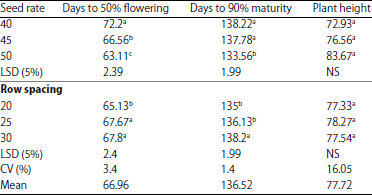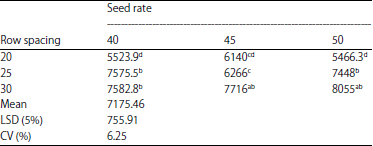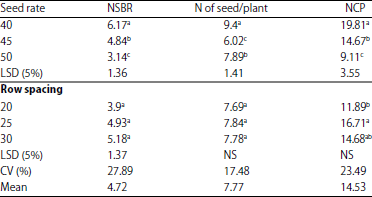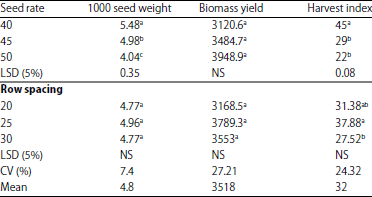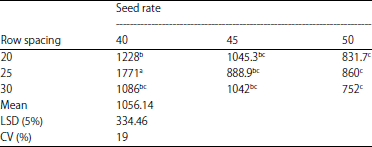Research Article
Seed Rates and Row Spacing on Yield and Yield Components of Linseed: The Case of Dabat District of North Western Ethiopia
Department of Plant Sciences, College of Agriculture and Environmental Sciences, University of Gondar, Gondar, Ethiopia
Daniel Tadesse
Department of Plant Sciences, College of Agriculture and Environmental Sciences, University of Gondar, Gondar, Ethiopia
LiveDNA: 251.19538
Yenus Ousman
Department of Plant Sciences, College of Agriculture and Environmental Sciences, University of Gondar, Gondar, Ethiopia









